
+91 8547939607

veic3puzha@gmail.com

+91 8547939607

veic3puzha@gmail.com
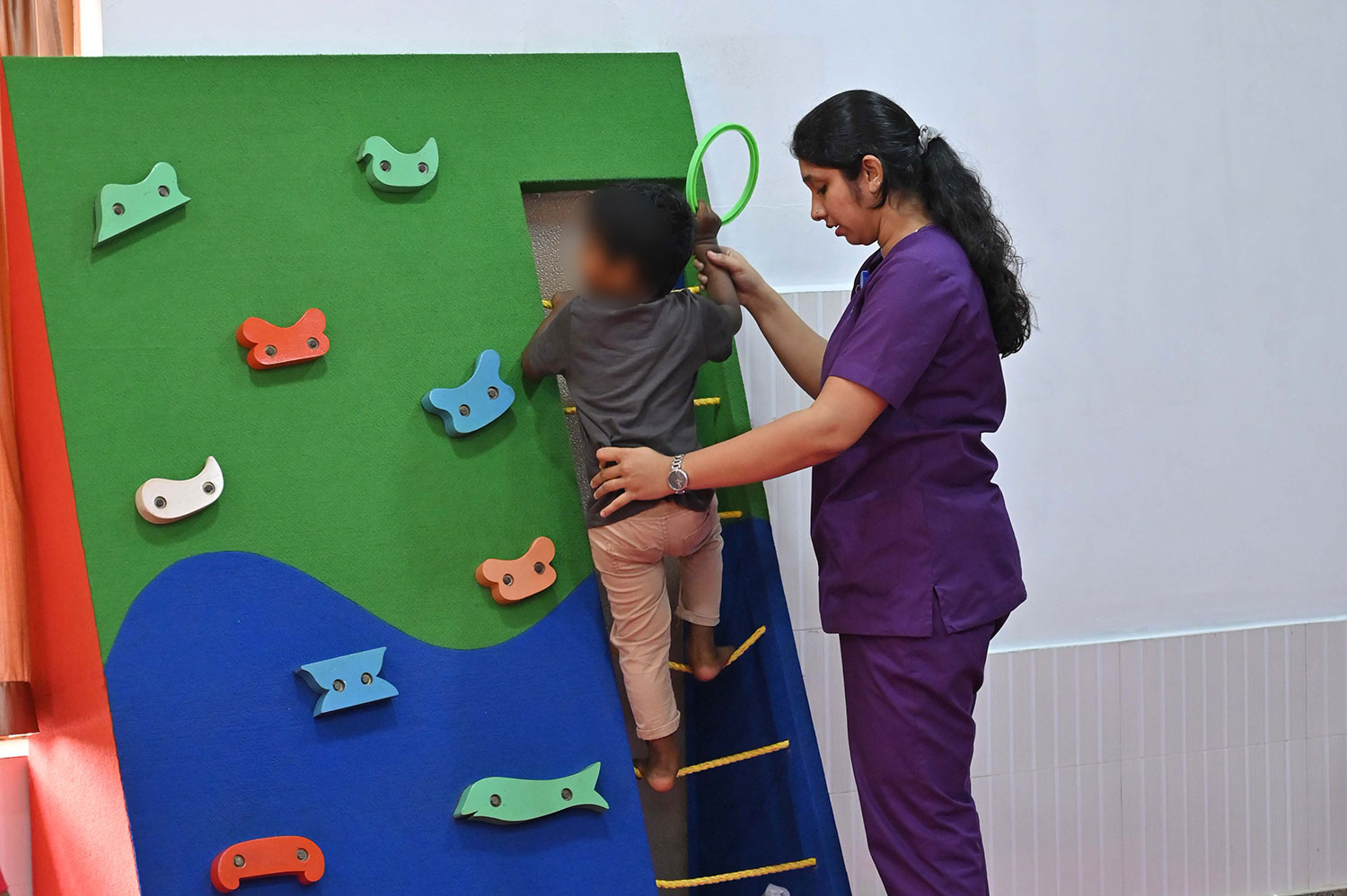
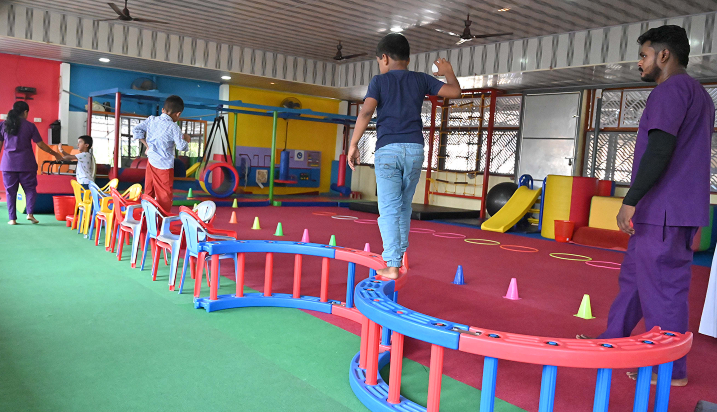
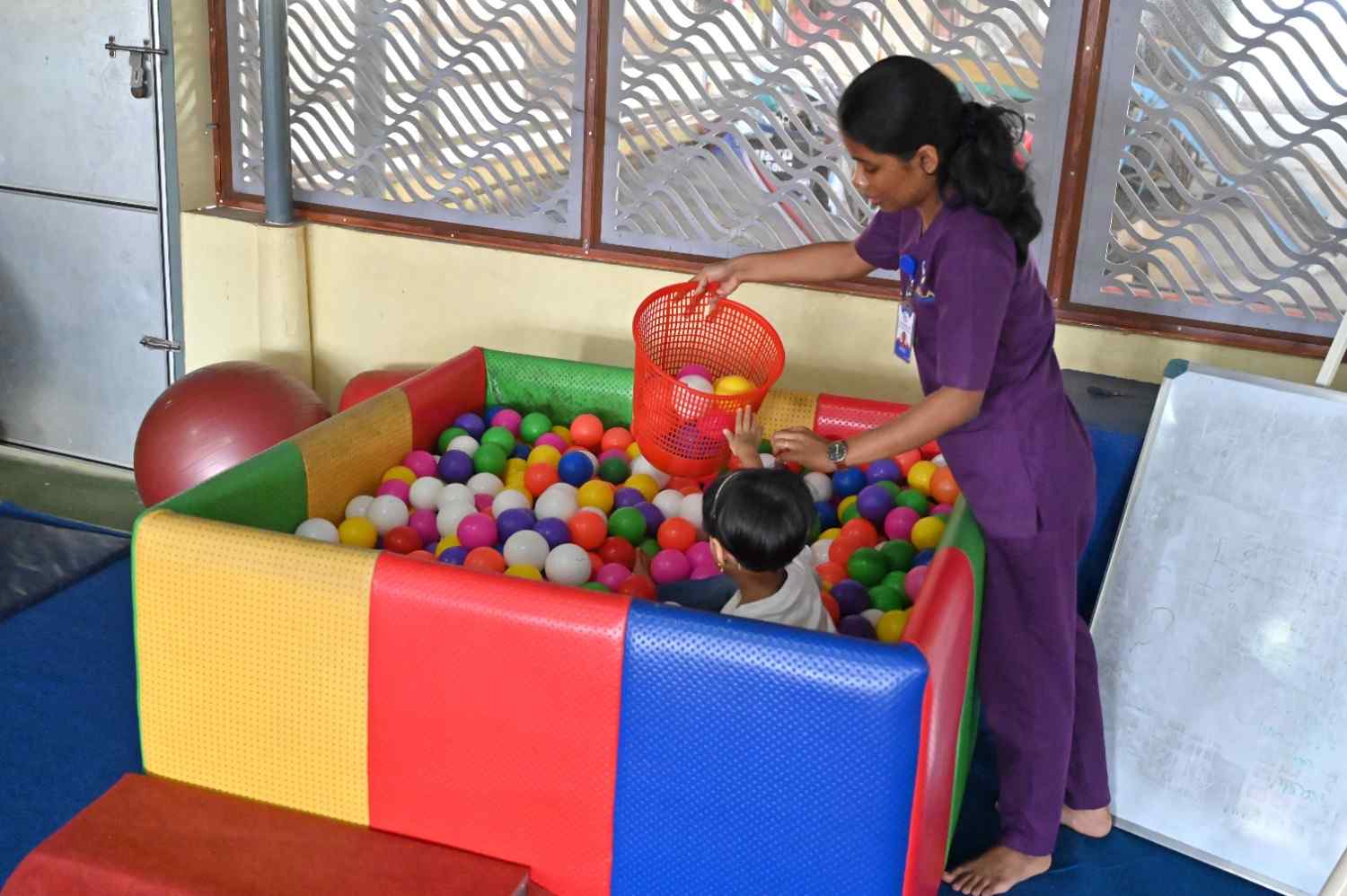
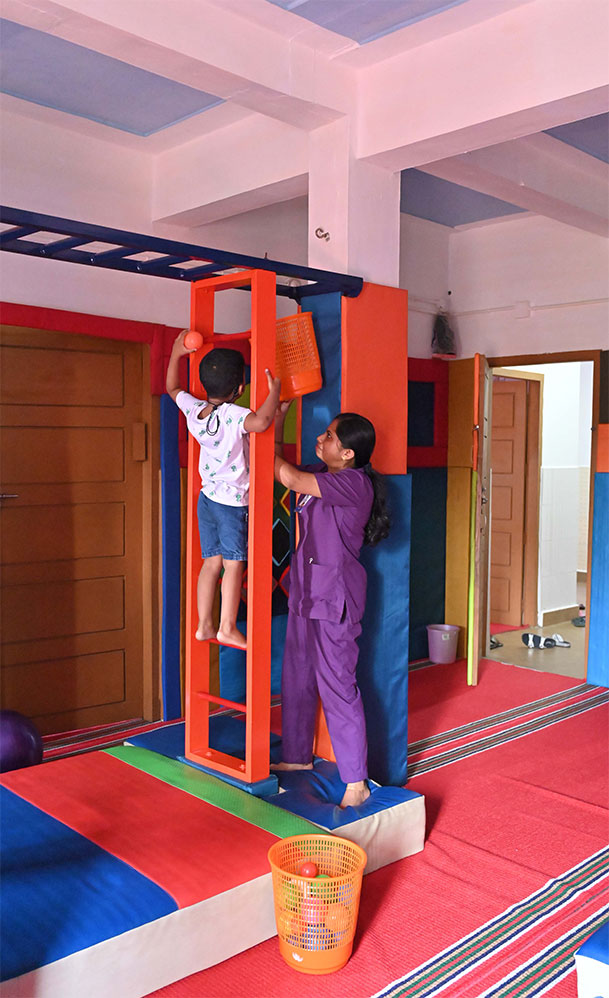
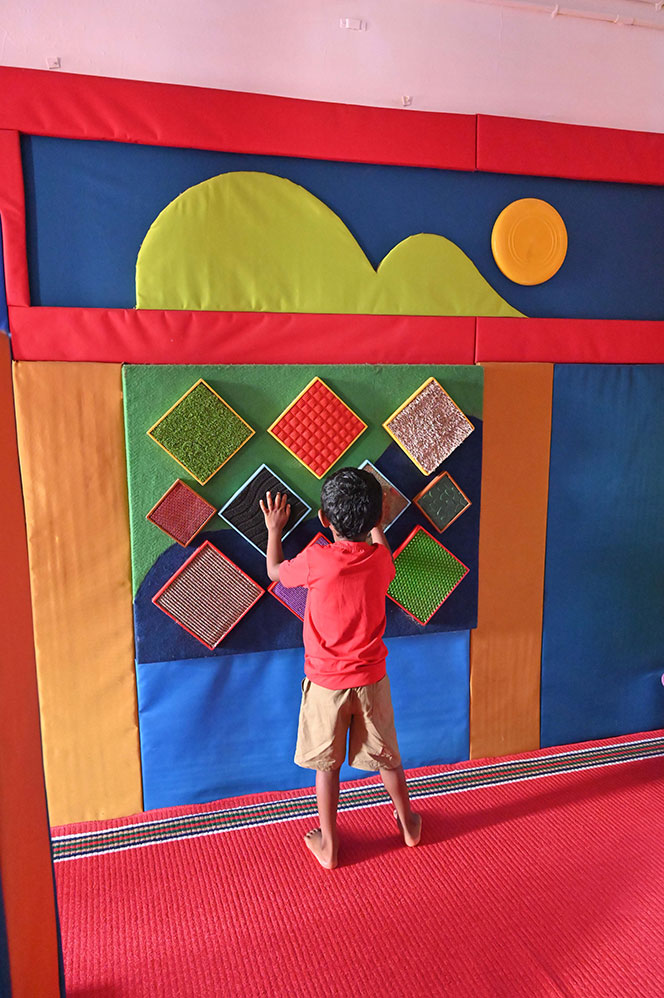
Pediatric occupational therapy helps your child achieve personal goals and developmental milestones, including but not limited to:
Pediatric occupational therapy can treat or manage physical or cognitive conditions that may affect your child’s:
Common conditions that may require seeing a pediatric occupational therapist include:
Pediatric occupational therapy helps children develop skills for everyday activities and achieving developmental milestones, with OTs working across all ages to:
Pediatric occupational therapy can encourage children to write with a pencil, feed themselves and play with their peers, for example. Each child enrolled in pediatric occupational therapy will have their own individualized goals to meet their needs after a full evaluation.
Pediatric occupational therapy helps children develop new skills over time. Consult with a therapist or healthcare provider to understand what to expect at each appointment, as programs may vary by facility.
Your child’s first visit to a pediatric occupational therapist is an evaluation to assess their skills and identify areas for development. A parent or caregiver will be present, but siblings should not attend. The therapist will assess fine motor skills and observe behaviour through play and movement. Examples of activities may include:
During the initial session, the therapist will discuss your child’s daily habits, address your concerns, and answer any questions. This session typically lasts one to two hours.
Following the evaluation, the therapist will create a personalized treatment plan with goals tailored to your child. Each session will include age-appropriate activities to keep your child engaged, which may differ from those of their peers. Examples of activities include:
Pediatric occupational therapy helps your child achieve personal goals and developmental milestones, including but not limited to:
Pediatric occupational therapy carries no significant risks, though your child may experience the following during sessions: